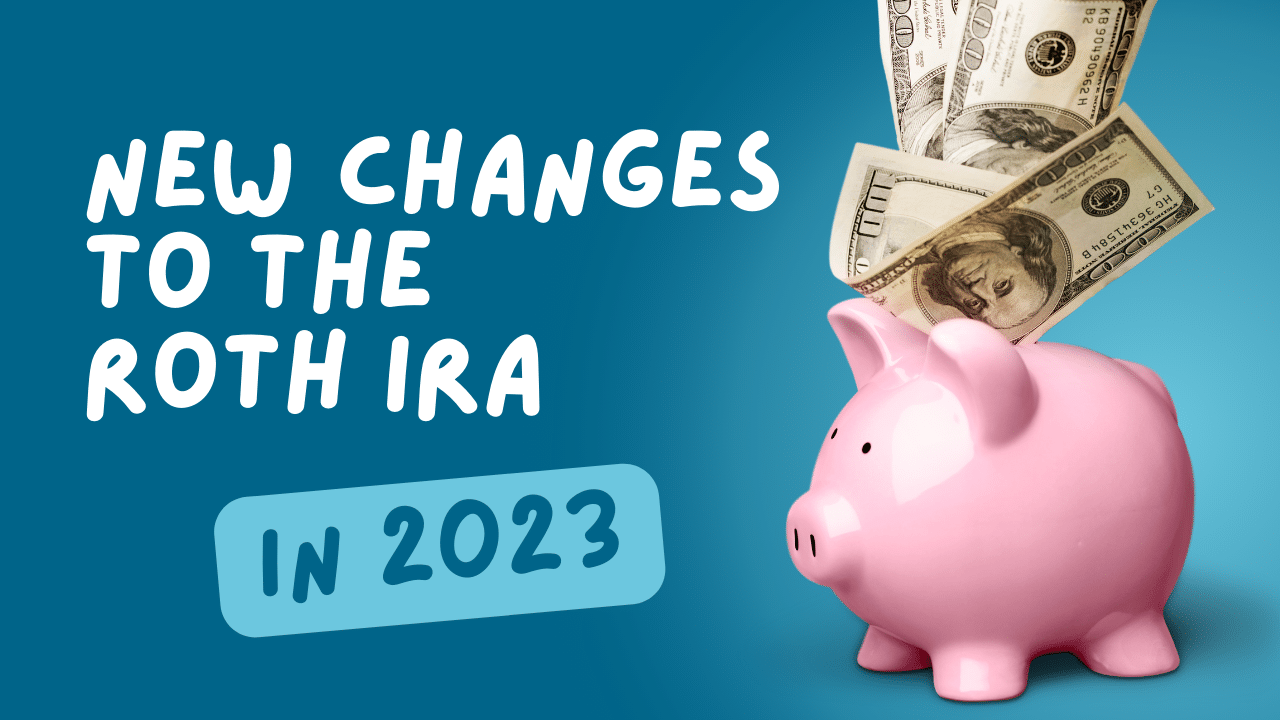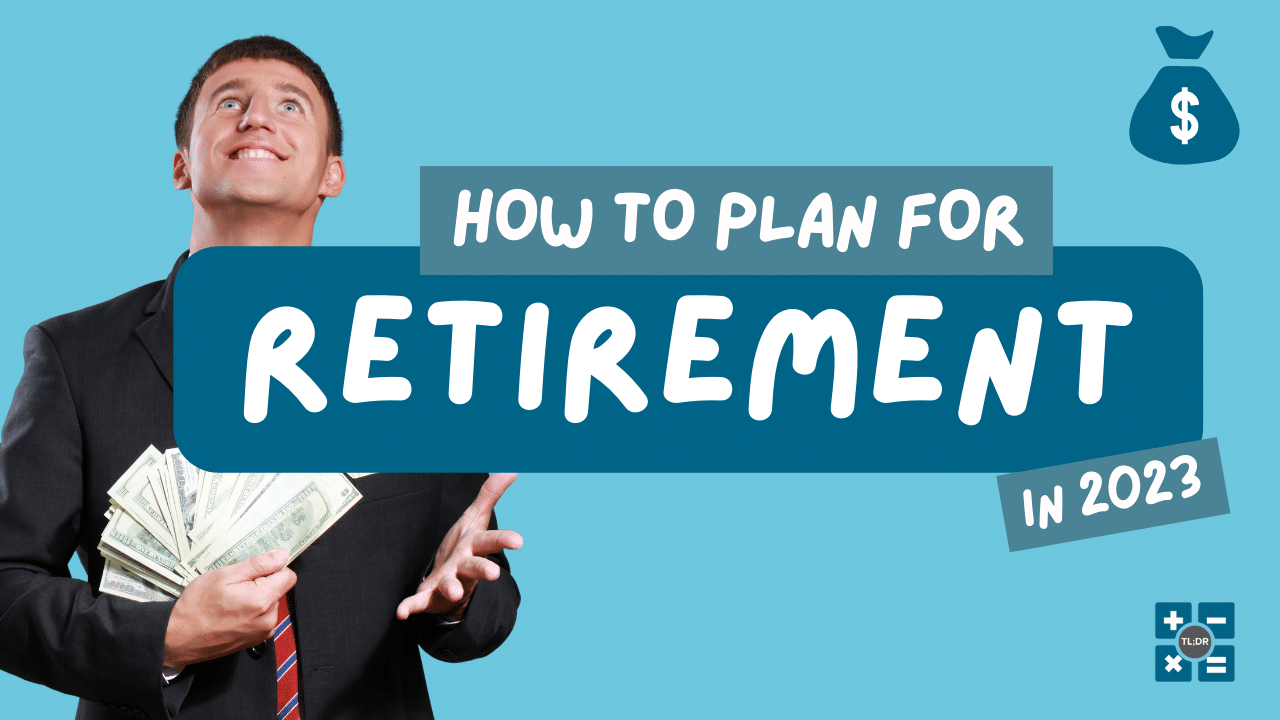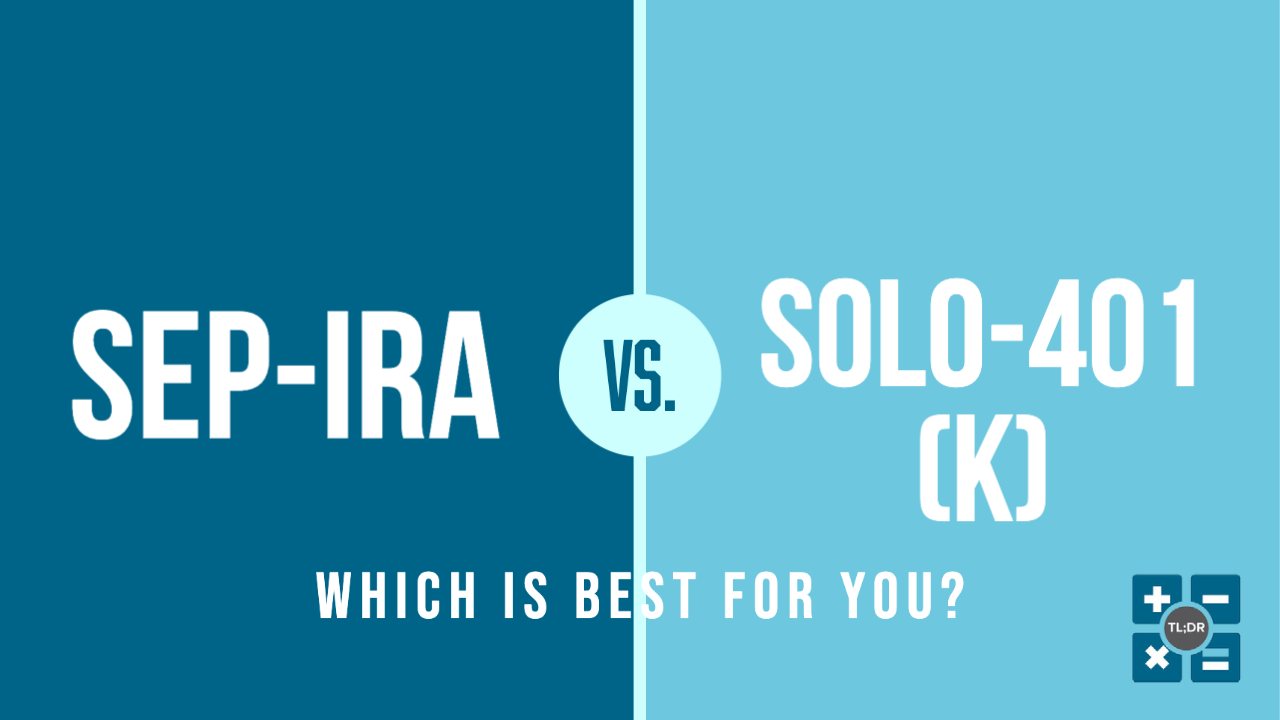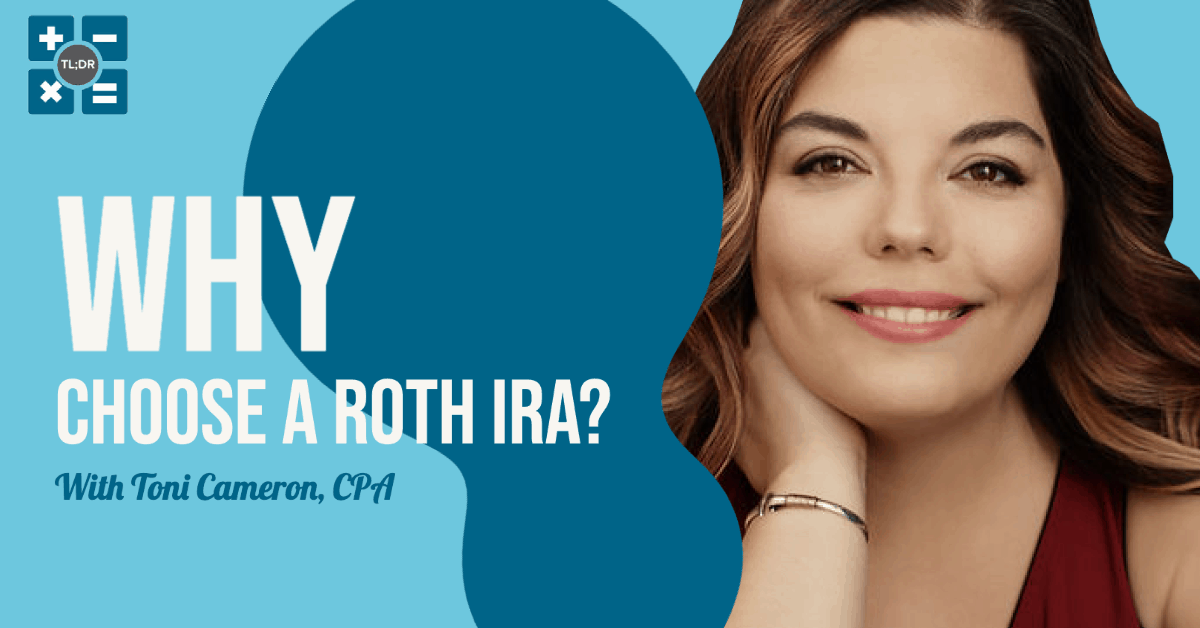It’s never too late or too early to start thinking about a retirement plan. If you’re a 20-something and you think it’s too early to get started, talk to your elders, and they’ll tell you those years slip by really fast.
And there are so many reasons and benefits of committing to a retirement plan, like not worrying about downgrading your lifestyle in your prime years.
Among the many ways, you can secure retirement, investing in a Roth IRA account should be high on your list.
There have been a few changes in Roth IRA in 2023, so the timing has never been better. If you’re already contributing to Roth IRA, stay with me because the new changes affect you too.
On to the good part…
What is a Roth IRA?
A Roth IRA is an individual retirement account to which you contribute after-tax dollars.
Even though it doesn’t have tax deduction benefits on the contribution year, your contributions can grow tax-free. You can start withdrawing the earnings tax-free and penalty-free after the age of 59.5, as long as you’ve contributed for a minimum of five years.
Roth IRAs are similar to traditional IRAs, with the major distinction being the taxing timing. This means you pay taxes for the money you invest in your IRA and then withdraw the money tax-free in the future.
For example, if your income is $80000 after tax, and you contribute $6500 to your Roth IRA account, your earnings for that year will be $73500 since you don’t have any tax benefits.
Roth IRA Contribution Changes in 2023
The Roth IRA contribution limit in 2023 increased to $6500 for individuals below 50 and $7500 for those over 50 who want to catch up with their retirement savings.
That being said, terms like eligibility and limitations based on your income level apply.
So, let’s explore that.
Roth IRA Contribution Income Limits in 2023
As mentioned, the maximum Roth IRA contribution is $6500 if you’re under 50 and $7500 if you’re above 50 years.
However, you also need to take into account how much you earn to know how much you’re allowed to contribute to your Roth IRA account. For example, to max your Roth IRA limit in 2023;
- As an individual, your maximum income must be below $138000, which was $129000 in 2022
- For spouses who are filing jointly, the total income must be below $218000, as compared to $204000 in 2022
As your income increases, your Roth IRA limit starts reducing. Once your income level as a single filer increases to $153000 (previously $144000), your Roth IRA is completely eliminated. This also applies to a married couple filing jointly when their household income reaches $228000 (previously $214000).
If you’re working part-time or you’re low-income, you can also contribute to Roth IRA up to your modified adjusted gross income (MAGI).
- This means if you made less than $7500 or $6500 (depending on your age), your maximum Roth IRA contribution in 2023 would be limited to 100% income. If your MAGI is $5000, you can contribute up to $5000 to your Roth IRA account.
Why You Should Contribute to Roth IRA in 2023 if You Don’t Already
There are multiple retirement accounts, so why should you choose the Roth IRA account? Here are some perks you get from investing in a Roth IRA account.
1. A Higher Roth IRA Contribution Limit in 2023
There are so many benefits of investing in a Roth IRA that don’t come with other retirement plans. Therefore, you’d naturally want to tuck in as much as you can in the account.
Unfortunately, there is a limit to what you can contribute to a Roth IRA.
The good news is in 2023, that limit has increased. You can invest up to$6500 if you’re under 50 and up to $7500 if you’re over 50. This is an increase from $6000 and $7000, respectively, in 2022.
This is impressive because it’s the first time the limit has increased since 2019.
There is also no pressure to contribute a maximum to a Roth IRA account. You can contribute any amount between $500-$5000, depending on your financial situation. However, you want to contribute as much as possible to build your seven-figure Roth IRA.
That being said, if you’re a high earner, you have to be careful to avoid Roth IRA limit penalties. You might still be able to contribute, but your rate will be significantly lower. If you can’t contribute to your Roth IRA directly, you can use a backdoor Roth IRA. This means contributing to your traditional IRA and converting it to Roth IRA the same year.
2. Enjoy Tax-Free Withdrawals in Retirement
Roth IRA can feel like a raw deal because they don’t allow tax deductions like the traditional IRA and other retirement plans. On the bright side, paying your taxes as you make your contributions reduces the amount you owe Uncle Sam by the time you retire.
While you can withdraw any time you want since you’ve already paid your taxes, it’s best to wait for your savings to grow.
Something else to keep in mind is that you can only withdraw your funds tax-free if you’ve been contributing to your Roth IRA for a minimum of five years.
In addition, you could also incur a penalty rate of 10% if you withdraw your money before the age of 59.5. If you want to withdraw your money immediately, we recommend keeping some money in a taxable brokerage. Alternatively, only withdraw as much as you’ve contributed to your Roth IRA.
3. Make Withdraws at Your Own Pace
Most retirement accounts have a required minimum distribution (RMD) – for example, traditional IRAs require you to start making annual withdrawals from the year you turn 72.
With a Roth IRA, you can let your money stay in the account as long as needed since you have already paid your taxes. This makes it a great option if you want to leave your heirs some money after you’re gone.
Open Your Roth IRA Account in 2023
Like any other retirement plan, the Roth IRA has its limitations, but it also has its pros. With its flexibility, you can decide to distribute your retirement funds and save partially into your Roth IRA retirement account.
To get started, decide how much you want to contribute to your Roth IRA account and come up with a plan.
For example, if you want to max out your account and contribute $6500, you can target to invest $541.67/month.
If you have other financial commitments, like student loans or credit card loans, or you simply want to retire young, we can help you develop a strategy.
Book your first call with us, and let’s get started planning for your retirement ASAP!





